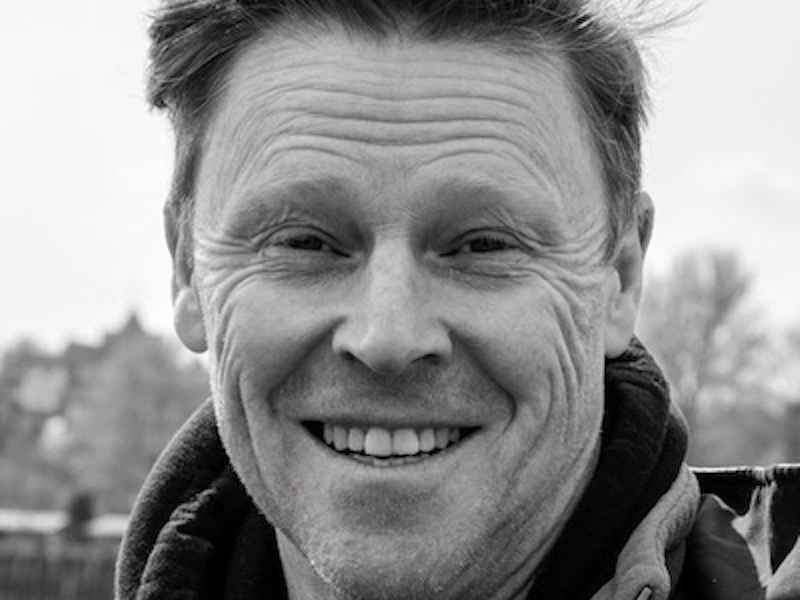Last week our youngest correspondent 10-year-old Xavier Marrs wrote a fascinating article entitled Dungeness Strandliners Survey which prompted a question from one of our Rye News correspondents, Susan Benn. For anyone who hasn’t read the comments section at the foot of Xavier’s article, Susan asked: “Why there were so many nurdles on Camber Sands and how did they get there?”
Andy Dinsdale, founder of Strandliners replied and I felt his very informative response was worth repeating and highlighting below.
“Another great article Xavier, I may be biased as Strandliners is my life but it is wonderful to understand what other people think about our work, and what they take home from joining the ‘Strandliners family’!
“Susan, you ask a brilliant question about the microplastic environmental pollution at Camber Sands. These small 5mm pieces of black plastic are present everywhere along the south coast (possibly around the UK as well) and most people will dismiss them as small pieces of seaweed! They are called biobeads and can be confused with nurdles. Both biobeads and nurdles are primary microplastic, they are manufactured at that size for a specific use.
“They are similar in size and prevalence as nurdles (all plastic products are made from a feed stock of pre-production plastic pellets – “nurdles”), but in fact they are used in waste water treatment works! They have escaped from water company water treatment infrastructure, washed out to sea, deposited on beaches, to be “lost” in the environment for 100s if not 1,000s of years. These losses may be single catastrophic accidents or gradual through poor on site management, but the result is millions embedding themselves into the coastline strata.
“Strandliners partnered with Rother District Council and the University of Brighton to investigate the presence of Biobeads at Camber Sands. The report is available the RDC website.
“Strandliners are also just beginning their summer months audit of beach visitor waste at Camber Sands, so no doubt we shall be finding more! This continual surveying of our environmental pollution is vital in understanding what the pollution is, and how it varies over time.”
Image Credits: Polly Rampling .



